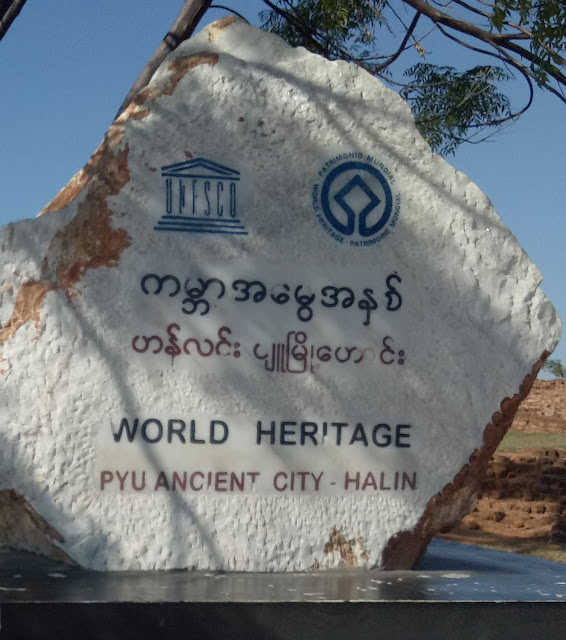Wat Si Chum at the Sukhothai Historical Park

Estimated to have been constructed somewhere around the 13 th Century CE, Wat Si Chum is a Buddhist temple located in the northern zone of the Sukhothai Historical Park , outside the historic walled city of Sukhothai ( the capital of the Sukhothai Kingdom of Thailand in the 13th and 14th Century CE). The temple is best known for its’ Mondop with the massive seated Buddha image which is partially visible from a distance.










